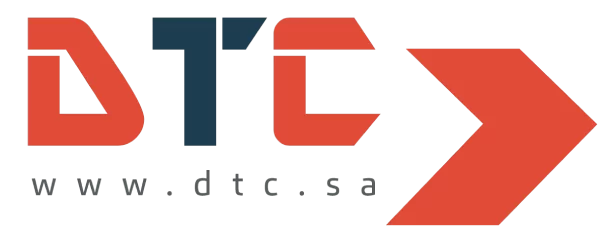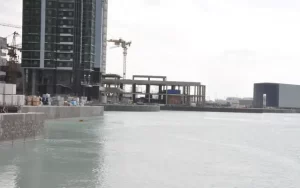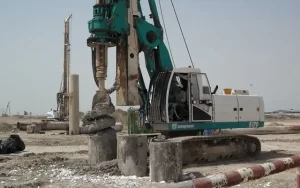Horizontal Directional Drill Installation Manual
Horizontal Directional Drill Installation Manual: Complete Guide for Contractors
Introduction: Why an HDD Installation Manual Matters
The success of a Horizontal Directional Drilling (HDD) project depends on careful planning, skilled execution, and adherence to technical procedures. Unlike open-cut excavation, HDD involves a complex series of underground operations where precision is everything.
This HDD Installation Manual is designed to guide contractors, engineers, and project managers through the full process—from planning and pilot boring to reaming and final pullback. It also covers best practices, safety considerations, and troubleshooting to ensure smooth project delivery in Saudi Arabia’s demanding infrastructure landscape.
Chapter 1: Understanding HDD Installation
What is HDD?
Horizontal Directional Drilling (HDD) is a trenchless technology used to install underground pipelines, conduits, and cables without digging continuous trenches. The process relies on drilling rigs, reamers, and tracking systems to create underground pathways.
Why Use HDD in Saudi Arabia?
-
Urban projects in Riyadh and Jeddah require minimal disruption.
-
Crossing highways, railways, and rivers without open excavation.
-
Installation of oil, gas, water, and fiber optic pipelines for Vision 2030 projects.
Chapter 2: Pre-Installation Planning
Site Survey & Geotechnical Studies
Before drilling begins:
-
Conduct soil tests to identify rock, clay, sand, or mixed conditions.
-
Map existing utilities using GIS and underground scanners.
-
Plan the bore path to avoid conflicts and minimize risks.
Permits & Approvals
Secure permits from local authorities and utility companies to comply with Saudi regulations.
Equipment Selection
Choose the right HDD rig and reamers based on:
-
Pipe diameter
-
Bore length
-
Soil conditions
Chapter 3: HDD Installation Process
Step 1: Pilot Bore
-
Drill a small-diameter pilot hole using a steerable head.
-
Use tracking systems to follow the designed bore path.
-
Maintain proper entry and exit angles (typically 8–20 degrees).
Best Practice: Always monitor deviation and make corrections immediately to avoid costly re-drilling.
Step 2: Reaming
-
Enlarge the pilot hole using reamers in multiple passes.
-
Increase bore size gradually to avoid ground collapse.
-
Use drilling fluids (bentonite-based mud) for lubrication, cooling, and stability.
Note: The final bore size should be 25–50% larger than the pipe diameter.
Step 3: Pullback
-
Attach the pipe string to the reamer via a swivel joint.
-
Pull the pipe back through the borehole while maintaining tension.
-
Apply continuous fluid circulation to minimize friction.
Safety Tip: Never exceed pipe tensile limits to avoid breakage.
Chapter 4: Equipment & Materials
HDD Rigs
-
Small rigs: Telecom and fiber optic installation.
-
Medium rigs: Sewer and water pipelines.
-
Large rigs: Oil and gas pipelines.
Drill Bits & Reamers
-
Rock bits for hard formations.
-
Fly cutters for soft soils.
-
Barrel reamers for mixed conditions.
Drilling Fluids
-
Bentonite-based for soil stability.
-
Polymers for sandy conditions.
-
Specialized additives for challenging geology.
Chapter 5: Safety Protocols in HDD
-
Worksite Safety: Use barricades, PPE, and clear signage.
-
Mud Handling: Store and dispose of drilling fluids safely.
-
Rig Operation: Only trained operators should handle drilling rigs.
-
Emergency Response: Have contingency plans for fluid spills or utility strikes.
Chapter 6: HDD Installation Challenges & Solutions
| Challenge | Solution |
|---|---|
| Hard Rock Drilling | Use diamond drill bits and higher torque rigs. |
| Soil Collapse | Maintain proper fluid pressure and bore support. |
| Utility Conflicts | Conduct thorough pre-drill mapping. |
| Pipe Breakage During Pull | Monitor tensile loads and use high-quality pipes. |
| Drilling Fluid Loss | Use loss-control additives and grouting techniques. |
Chapter 7: Best Practices for HDD Installation
-
Plan bore path with minimal curvature to reduce pipe stress.
-
Use real-time tracking to maintain accuracy.
-
Perform pressure monitoring to avoid fluid frac-out.
-
Inspect pipes before pullback to ensure integrity.
-
Document every stage for quality control and compliance.
Chapter 8: HDD in Saudi Arabia – Local Insights
-
Eastern Province (Dammam, Khobar, Jubail): HDD used for oil & gas pipelines under industrial zones.
-
Riyadh: Urban fiber optic expansion and utility crossings.
-
Jeddah: Sewer and water pipeline installations in congested districts.
-
NEOM Projects: Advanced trenchless technologies to support futuristic smart city infrastructure.
Chapter 9: Case Studies
Case Study 1 – Riyadh Fiber Optics
HDD allowed telecom operators to lay kilometers of fiber optic cables without disrupting traffic in crowded business districts.
Case Study 2 – Oil Pipeline in Dammam
A large-diameter HDD crossing was completed under a busy highway, ensuring uninterrupted traffic flow.
Case Study 3 – Jeddah Sewage Upgrade
HDD was used to install sewer pipelines beneath existing infrastructure, reducing project delays.
Chapter 10: Why Choose DTC for HDD Installation?
At DTC General Contracting, we bring:
-
State-of-the-art HDD rigs suitable for all ground conditions.
-
Experienced HDD engineers and operators trained to international standards.
-
Proven success in infrastructure, oil & gas, and utility projects across Saudi Arabia.
-
Safety-first approach with compliance to all Saudi regulations.
Call to Action
Looking for a reliable HDD contractor in Saudi Arabia?
📞 Contact us at +966 566 41 1325
📧 Email: info@dtc.sa
🌍 Visit: https://dtc.sa
Partner with DTC General Contracting for precision-driven, safe, and cost-effective Horizontal Directional Drill installations.












